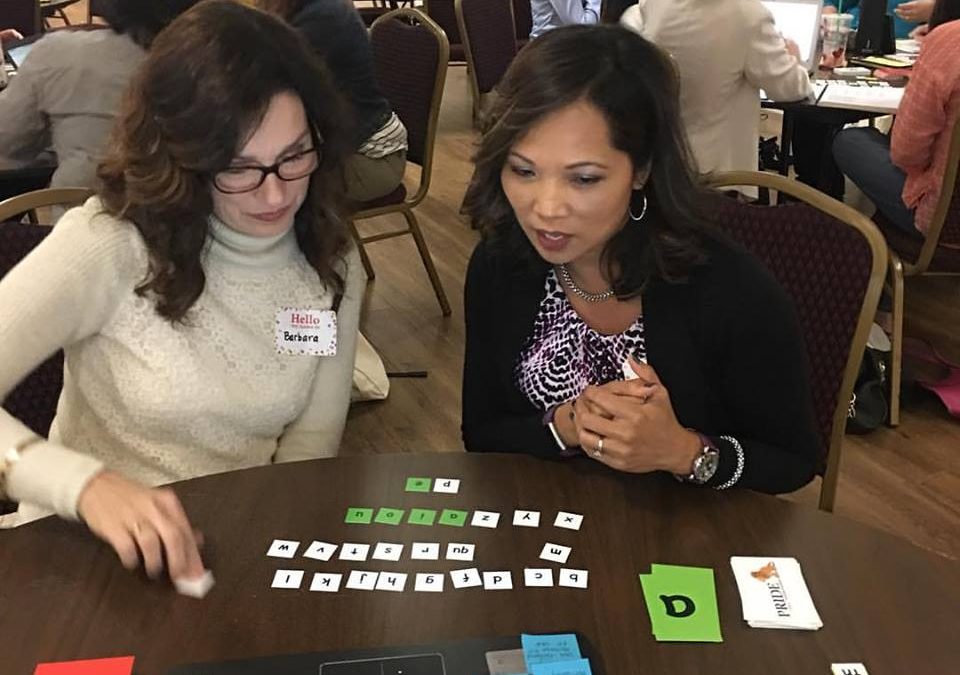
by PRIDE Reading Program Admin | Nov 14, 2017 | Dyslexia
Are you trying to find a dyslexia tutor near you but don’t know where to go or what to do? The internet is filled with tutors out there, but how do you know which one to chose and if they are qualified enough to teach a child with dyslexia. Here is everything you will need to know about finding the right dyslexia tutor for your child.
How can you make sure that you find the right dyslexia tutor for your child?
You can ask speech therapists, educational psychologists and special education advocates. These professionals are usually well connected in their communities and have a network of good people they like to work together with.
Can I get the school to reimburse me for private dyslexia tutor expenses?
Sometimes you can. School districts will reimburse parents for private dyslexia tutor expenses if the district agrees that the school is not providing an appropriate education. Almost always, in my years of working with parents and dyslexia tutors, the parent has to take the school district to a due process hearing to get reimbursed. This means parents have to hire a Special Education Attorney or Advocate. Some parents end up removing their children from public school for part of the day or for a specified time in order to bring their child to a private dyslexia tutor. The school needs to agree with this arrangement.
Can I use a dyslexia tutor in a small group setting?
Sometimes, a dyslexia tutor will work with students in groups. This is an option to consider if you know of other children in the same situation. A group setting will reduce the cost and your child may learn from the other kids as well. The downside to a group session is that your child may not have the benefit of an exclusive one-on-one learning situation with a dyslexia tutor. This can make progress a bit slower as well.
Which program should my dyslexia tutor be using?
Your dyslexia tutor needs to be using an Orton-Gillingham reading program. This program needs to be structured, systematic, cumulative and extremely repetitive. It also needs to be multisensory. Most Orton-Gillingham programs will use a very specific scope and sequence. It is crucial that the dyslexia tutor follow this scope and sequence precisely and not skip around. If you have an amazing tutor that you love that is not trained in Orton-Gillingham, then you can provide a program for them to follow and use with your child. You can also homeschool or tutor your own child with an Orton-Gillingham tutoring program. Some dyslexia tutoring programs that I recommend for tutors or homeschool parents to use are:
After selecting a dyslexia tutor, make sure that you receive regular progress assessments along each step of the way. Ask the dyslexia tutor to provide you with tutoring session plans on a regular basis so you can follow along with your child through their scope and sequence. Good Luck finding a dyslexia tutor and if you need more assistance – feel free to contact me personally.
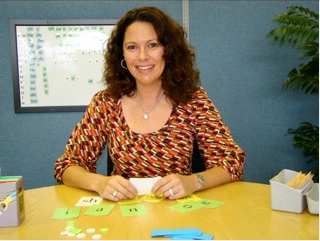
Karina Richland, M.A., is the Executive Director of PRIDE Learning Centers, LLC, an educational company that works with children in special education and focuses on reading, writing and comprehension help. She is also the author of the PRIDE Reading Program, a multisensory Orton-Gillingham reading, writing and comprehension curriculum that is available worldwide for parents, tutors, teachers and homeschoolers of struggling readers. You can reach her at info@pridelearningcenter.com or visit the website at PRIDE Learning Center.
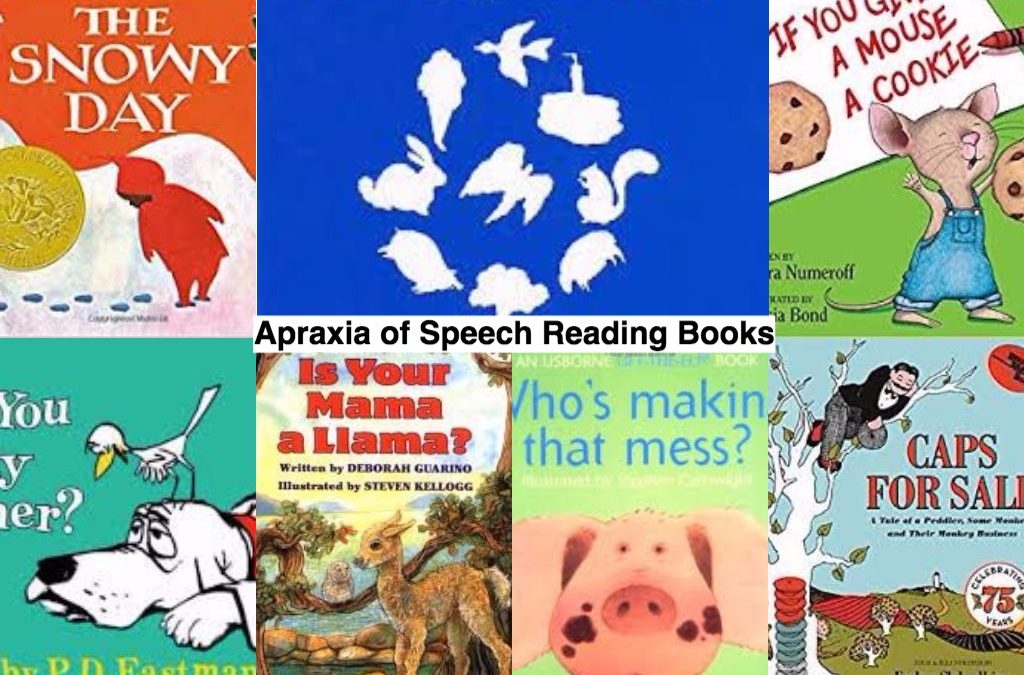
by PRIDE Reading Program Admin | Nov 8, 2017 | A PRIDE Post, Apraxia of Speech

Reading is an excellent tool in helping kids with apraxia of speech find their voice. Kids love reading books that are colorful, predictable and highly repetitive. For kids with apraxia of speech this repetition is crucial.
Repetitive books help kids with apraxia of speech grasp the content of the story much easier. When kids have less to think about, they can have fun and relax in the story. It also allows the child to repeat the language over and over again, getting comfortable with the words and sentences and looking forward to filling in the blanks with new words that really capture their attention. Kids LOVE reading the same books over and over again and that is a really good thing for children with Apraxia of Speech.
Here are a few of my favorite books to read with kids that have Apraxia of Speech. If you would like to purchase any of these books, I have included links:
- Blue Hat, Green Hat (Boynton, S.)
- Goodnight Moon (Brown, M.)
- Dear Zoo: A Lift The Flap Book (Campbell, R.)
- Have You Seen My Cat? (Carle, E.)
- 1, 2, 3 to the Zoo (Carle, E.)
- Jesse Bear, What Will You Wear? (Carlstrom, N.W.)
- Who’s Making That Mess? (Cartwright, S.)
- Five Little Monkeys Jumping on the Bed (Christelow, E.)
- Are You My Mother? (Eastman, P.D.)
- Green Eggs and Ham (Eastman, P.D.)
- Go Dog, Go! (Eastman, P.D.)
- Up to Ten and Down Again (Ernst, L.C.)
- Is Your Mama A Llama? (Guarino, D.)
- Jump, Frog, Jump! (Kalan, R.)
- The Snowy Day (Keats, E.)
- Brown Bear, Brown Bear, What Do You See? (Martin, B.)
- If You Give A Mouse A Cookie (Numeroff, L.)
- A Bubble (Pereira, L.)
- The Big Book of Exclamations! (Peterson, T.K.)
- It Looked Like Spilt Milk (Shaw, C.B.)
- Sheep In A Jeep (Shaw, N.)
- Caps For Sale (Slobodkina, E.)
- Hi, Pizza Man (Walter, Virginia)
- “Buzz, Buzz, Buzz” Went Bumblebee (West, C.)
- I Don’t Care! Said the Bear (West, C.)
- I Went Walking (Williams, S.)
- The Little Old Lady Who Was Not Afraid of Anything (Williams, L.)
- The Napping House (Wood, A.)
When reading these highly repetitive and predictable books with your child, keep in mind that a child with Apraxia of Speech will need just a little extra time to fill in those repetitive and highly predictable phrases. Remember, it is hard for them and it’s so important to keep patient and keep it fun!

Karina Richland, M.A., is the Executive Director of PRIDE Learning Centers, LLC, an educational company that works with children in special education and focuses on reading, writing and comprehension help. She is also the author of the PRIDE Reading Program, a multisensory Orton-Gillingham reading, writing and comprehension curriculum that is available worldwide for parents, tutors, teachers and homeschoolers of struggling readers.
Karina has an extensive background in working with students of all ages and various learning modalities. She has spent many years researching learning differences and differentiated teaching practices. You can reach her at info@pridelearningcenter.com
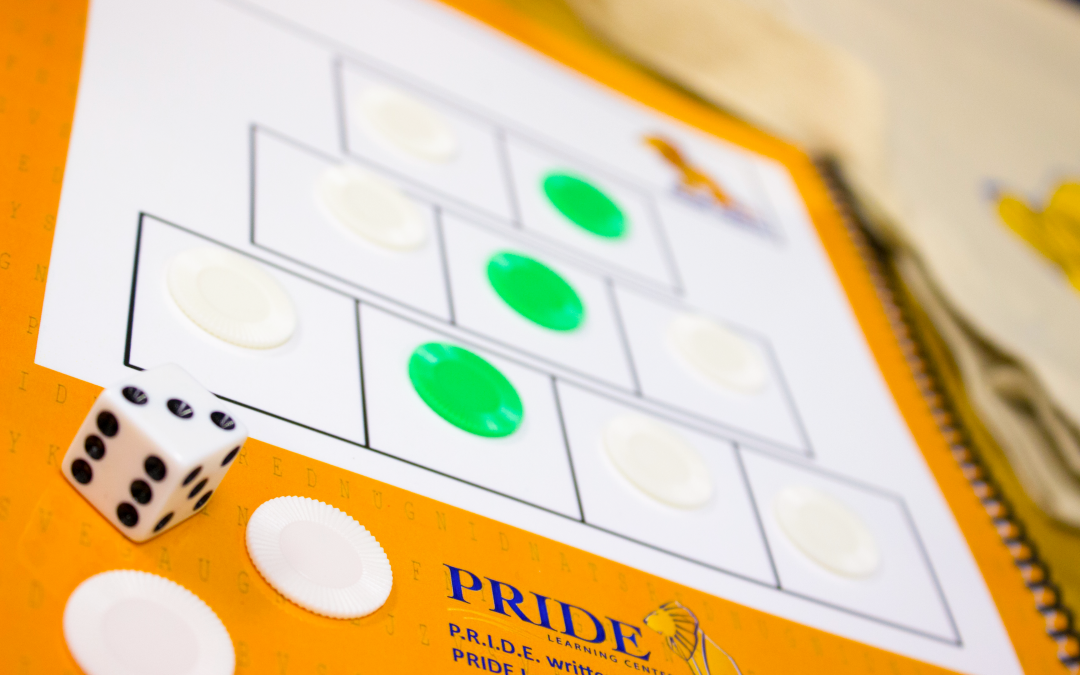
by PRIDE Reading Program Admin | Nov 6, 2017 | A PRIDE Post, Phonological Awareness, Reading Skills
To be ready to read, a child not only needs to know the letters of the alphabet but also must be aware that his or her own speech is made up of segments that differ from letters. These segments are called phonemes. I will try not to use too much teacher jargon in this blog, but this term is worth learning because it is critical to understanding reading and phonemic awareness. Without phonemic awareness, a child cannot read.
What is Phonemic Awareness
Phonemic awareness is the ability to identify and manipulate the individual speech sounds into spoken words. For example the word cat has three sounds – /c/, /ă/ and /t/. The word heat also has three sound /h/, /ē/, /t/ because the letters ea make one sound. Words can be divided into several other units such as syllables and rhymes. The smallest unit of sound in our language is a phoneme and there are forty four of them!
Phonemes do not correspond one-to-one with letters because some sounds are represented with two letters, like sh, ch, th and ng. The awareness of the separate sounds in a word is what we call phonemic awareness. It is an auditory skill that underlies the ability to use an alphabet to read and write. A child who can recognize that the word cat has three speech sounds, the word eye has one, and the word eat has two, possesses basic phonemic awareness.
If a child can change the /m/ sound at the beginning of the word mat to /r/ and know that the word is now rat, has demonstrated an even larger degree of phonemic awareness. This child can compare the sounds in words, substitute a new sound for an old one, and blend the sounds to make a new word.
Phonemic Awareness Activities
When I developed the PRIDE Reading Program, I made extra sure that every single lesson and skill the students learn also include phonemic awareness activities. A few examples of what the students have to do in the PRIDE Reading Program:
Identify rhymes – “tell me all of the words you know that rhyme with the word “heel.”
Listening for sounds – “close your eyes as I read some words to you. When you hear the “ū” sound, raise your hand.”
Manipulating sounds in words by adding, deleting or substituting – “in the word LAND, change the L to H.” (hand)
On the back cover of each of the Student’s Workbook there is a set of Elkonin Boxes to help the students build phonemic awareness. The students are instructed to listen to a word and then move the sound tokens into a box for each sound in the word.
As the students progress in the PRIDE program, they eventually break the words apart into syllables, and separate the syllables into sounds.
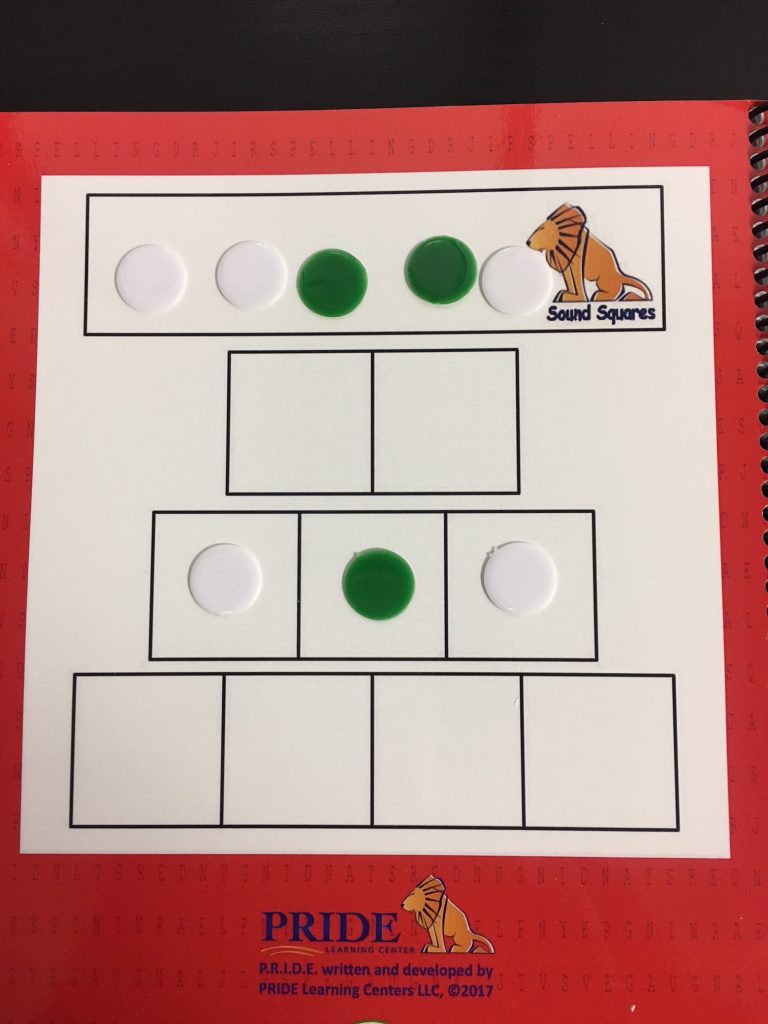
Success in reading depends on basic phonemic awareness. Without a sense of the sounds that letters represent, the child approaches reading as just memorizing letters. With phonemic awareness, the child can link letters to the sounds in words in order to decipher and spell them. Phonics is an approach to teaching reading in which the child is taught to associate letters with sounds and to use that knowledge to sound words out by blending the sounds from left to right.
It has been well known by researchers for the last 20 years that phonemic awareness and letter knowledge are the two best predictors of how well a child will learn to read during his or her first few years of school. The National Reading Panel’s report confirmed that instruction in phonemic awareness helps children learn early reading skills.
Phonemic Awareness in Action!
Here is a sample video of me teaching a student phonemic awareness with Elkonin Boxes:
Karina Richland, M.A., developed the PRIDE Reading Program, an Orton-Gillingham program for struggling readers, based on her extensive experience working with children with learning differences over the past 30 years. She has been a teacher, educational consultant and the Executive Director of PRIDE Learning Centers in Southern California. For more information, visit the PRIDE Reading Program website here. You can also reach her by email at info@pridelearningcenter.com

by PRIDE Reading Program Admin | Oct 30, 2017 | A PRIDE Post, Spelling

My favorite part about teaching spelling with the PRIDE Reading Program is using the Letter Tiles. Each spelling lesson is multisensory since the kids are using both their visual and their kinesthetic modalities moving the tiles around to build words. Spelling with letter tiles is fun, interactive and engaging.
What are Letter Tiles?
In the PRIDE Reading Program, the Letter Tiles are those tiny color-coded squares that have each phoneme of the English language printed on them. They are used by the students when practicing a new concept or skill. The kids are given 10 words to build with their tiles. They say the word, bring down each sound they hear in the word and then blend the sounds together to read the word. Spelling with letter tiles is a step-by-step process.
Why use Letter Tiles?
Because each Letter Tile is a different color, it helps the kids visualize the more abstract concepts. In the PRIDE Reading Program, the consonants are all white, the vowels are all green. Therefore, when the kids are building words, the vowels really stick out. It also gives the kids a visual of manipulating each sound in isolation to create words as well as break apart syllables. For kids that are “hands on” learners, spelling with Letter Tiles are very helpful in building lasting memories to help make those difficult concepts (like learning the ea ) really “stick.”
How do Letter Tiles Work?
You have the option of placing the Letter Tiles in alphabetical order on a table or flat surface, or you can put magnets on the back of them and place them on a magnet board. I use both ways with my students in our Orton-Gillingham tutoring sessions, and the kids don’t seem to have a preference one way or the other.
In the PRIDE Reading Program, the letter tiles are used in every Practice Lesson and every Reinforcement Lesson. So, the kids are given plenty of opportunities to practice their new skills and also review their previously learned skills. Here is a sample video of me teaching a student spelling with Letter Tiles – it’s really short and quick, but gives you an overview.
Letter Tiles are a fantastic learning tool that helps kids learn to apply and use their spelling rules quickly and with accuracy. They are the perfect multisensory, fun and hands-on activity for kids taht are visual and kinesthetic learners. Do you use Letter Tiles in your spelling and reading lessons? If yes, please feel free to share what and how you do with with all of us! We welcome your feedback!
Karina Richland, M.A., is the author of the PRIDE Reading Program, a multisensory Orton-Gillingham reading, writing and comprehension curriculum that is available worldwide for parents, tutors, teachers and homeschoolers of struggling readers. Karina has an extensive background in working with students of all ages and various learning modalities. She has spent many years researching learning differences and differentiated teaching practices. You can reach her @ info@pridereadingprogram.com or visit the website at www.pridereadingprogram.com
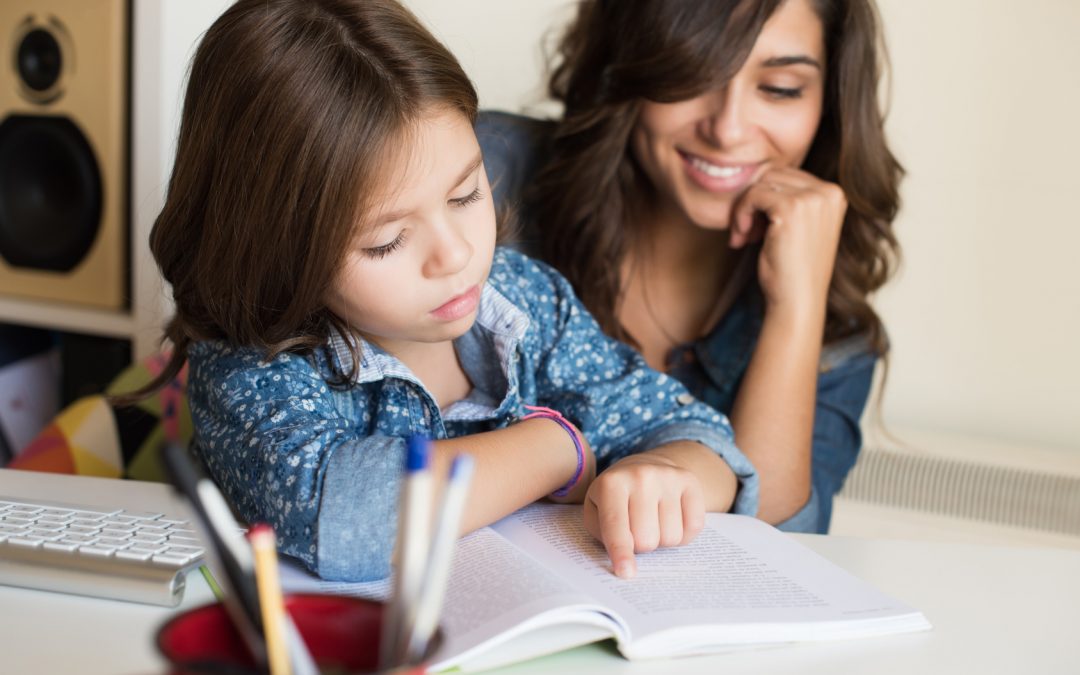
by PRIDE Reading Program Admin | Oct 2, 2017 | A PRIDE Post, Dyslexia
Do you worry that your child might have dyslexia? The warning signs are there. Your child is struggling with reading, writing and spelling. You might be using your intuition that something is wrong. What should you do?
Get a Diagnosis!
Diagnosis is the fundamental first step in successfully helping a child with dyslexia and the earlier, the better. It is never a good idea to wait or prolong testing. This will only put the child with dyslexia further behind. Children, who receive help early on, can catch up to their classmates. Later-identified children miss out on essential practice and miss out on an effective dyslexia remediation program during the crucial window of opportunity. So where do you go for a diagnosis… here are some suggestions:
- A licensed educational psychologist
- A Neurologist
- A Medical Doctor
- A Speech Pathologist
- The Special Education Department at a university or school district
Practice Reading A Lot!
Reading fluency comes from repeatedly practicing the same words over and over again so that the brain eventually identifies the words rapidly. Poor readers receive the least amount of reading practice although they need it the most. This is mostly because they avoid reading, read less than their classmates, and as a result fall progressively behind their peers in reading skills. With a proper dyslexia remediation program the student will be able to practice reading intensively and often. So how should your child with dyslexia practice reading a lot?
- Make your child read at least 20 minutes a day before they are allowed to get on any technology.
- Give your child materials that motivate them to read.
- Give them easy reading. Let them read below their grade level. Its about fun and practice, not torture.
- Get into the habit and routine of reading the same time each day.
Catch-up with an Intensive Reading Remediation Program!
A child who has dyslexia that is not identified until the third grade or later is already thousands of unlearned words behind the other readers. This is a gap that might never get closed without an intensive reading remediation program at this point. The best intervention is prevention in kindergarten or remediation beginning in first grade. After first grade it is just remediation year after year. And that’s a lot of catch up to do.
Reading instruction for the child with dyslexia must be delivered with great intensity. Children diagnosed with dyslexia are behind in their reading levels and for them to catch up with their classmates will need to make a big leap forward or else they will remain behind. Optimally, a child who is struggling with reading should be taught one-on-one and should receive this specialized reading instruction 2-3 hours five days a week. A larger group or less time will greatly undermine the possibilities of success. Use the long summer months to send your child to a summer Orton-Gillingham reading camp for intensive instruction. Summers are a great time to catch up and get ahead.
Make sure you find the Right Program with the Right Teacher!
A child with dyslexia will take in and process information differently and needs to be taught with a specialized program. The content must be a research-based scientifically proven method that is delivered with a sequential, systematic, cumulative and structured multisensory reading program. The Orton-Gillingham method, for example, is a perfect example of a reading approach that is proven to work for children with dyslexia. Orton-Gillingham uses a specific scope and sequence that works with kids with dyslexia and closes all reading gaps. It’s a really remarkable reading method. I recommend you check out The PRIDE Reading Program as the perfect program to teach a child with dyslexia. It comes with training videos and is really easy to implement. It is heavily scripted out, so you don’t need to be a certified teacher to use the program. Using the combination of the right program and the right instructor is the key to your child’s success.
A child with dyslexia who is not identified early may require as much as 100-200 hours of intensive instruction if they are going to close the reading gap. The longer that identification and effective reading instruction are delayed, the longer the child will require catching up. Fortunately, with the proper assistance and help, most students with dyslexia are able to learn to read and develop strategies to become successful readers.
Learn more about the New PRIDE Reading Program

Karina Richland, M.A. is the Founder of Pride Learning Centers, located in Los Angeles and Orange County. Ms. Richland is a certified reading and learning disability specialist. She is also the author of the PRIDE Reading Program. Ms. Richland speaks frequently to parents, teachers, and professionals on learning differences, and writes for several journals and publications. You can reach her by email at info@pridelearningcenter.com or visit the PRIDE Learning Center website at: www.pridelearningcenter.com
Page 2 of 18«12345...10...»Last » 










